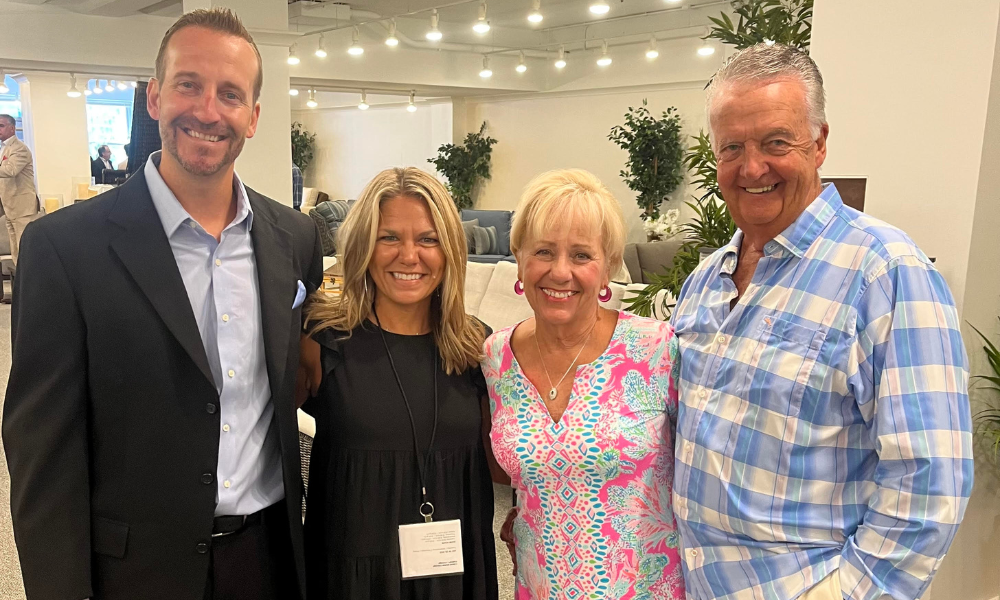At the recent AHFA Regulatory Summit, an expert at the American Chemical Council, Shawn Swearingen, led a session about PFAS chemical regulations — an issue affecting fabric manufacturers Casual News Now looked into a few weeks ago.
Titled “The Complex State of State Chemical Regulation,” Swearingen presented complex information about the chemicals, and we have 3 main takeaways from his presentation.
- Not all PFAS are the same! PFAS can be divided into 5 chemically distinct groups and subdivided even further within those groups. “PFAS” is a broad, generic term and should be used only when talking about all substances in the group. Different types of PFAS have different physical, chemical, and biological properties, that make them essential in a variety of industries.
Swearingen said it is neither scientifically accurate nor appropriate to regulate all PFAS as one class, which is why it’s very important to use common terms that are clear, specific and descriptive. Casual use of “PFAS” creates confusion and may lead to policies with unintended consequences.
- Get Involved! Swearingen encouraged everyone to work with suppliers to understand whether PFAS confer benefits to the products you sell. Overly broad policies could have a major impact on the ability to use effective PFAS technologies in the future.
He also said to tell decision-makers that PFAS are important for your business, your customers, etc. by providing them with information on the impacts of proposed regulations to your business. Also, help educate them on the chemistry with facts and a rational, science-based approach.
- Two new pieces of legislation. There are two bills related to PFAS chemicals that are proposed for California. The first is AB 1817, which looks to remove PFAs chemicals from consumer apparel. The legislative text has a staggered timetable with exemptions for professional and industrial uses.
The second is AB 2247, which seeks to have manufacturers report products that contain ‘intentionally added’ PFAS to ICC. Swearingen says regulators and legislators need to hear not only from PFAS manufacturers but also from industries that rely on PFAS for the manufacture and performance of their products.
Stay tuned to Casual News Now for a deeper dive into the state of PFAS chemicals and how they may affect fabric suppliers.







